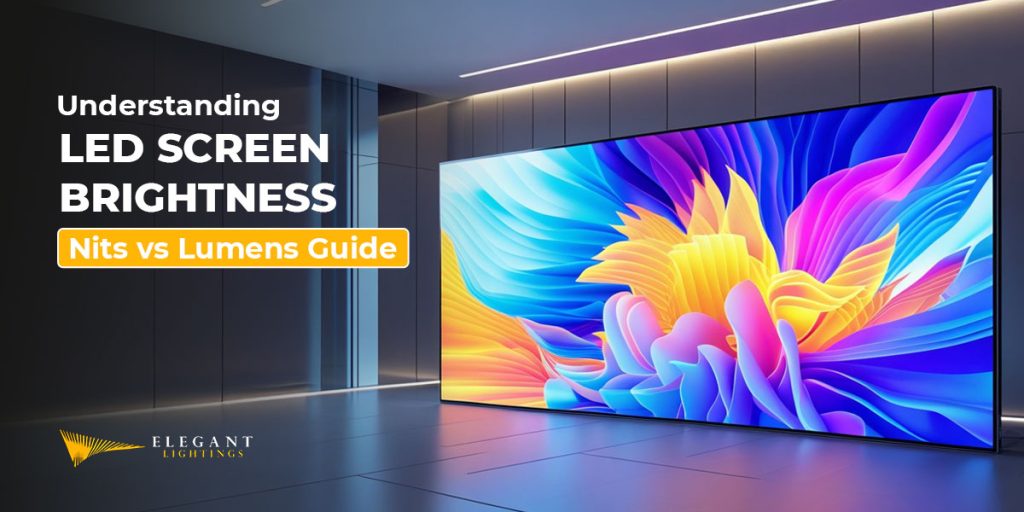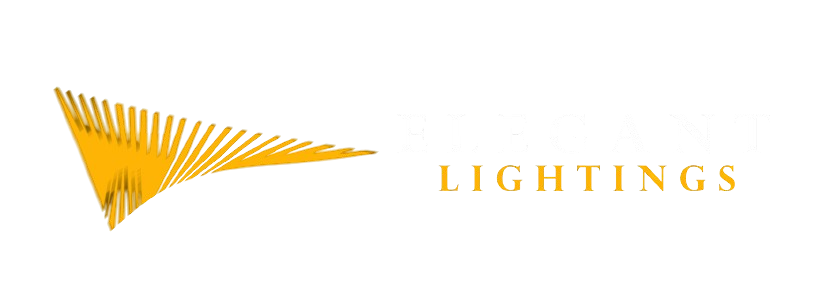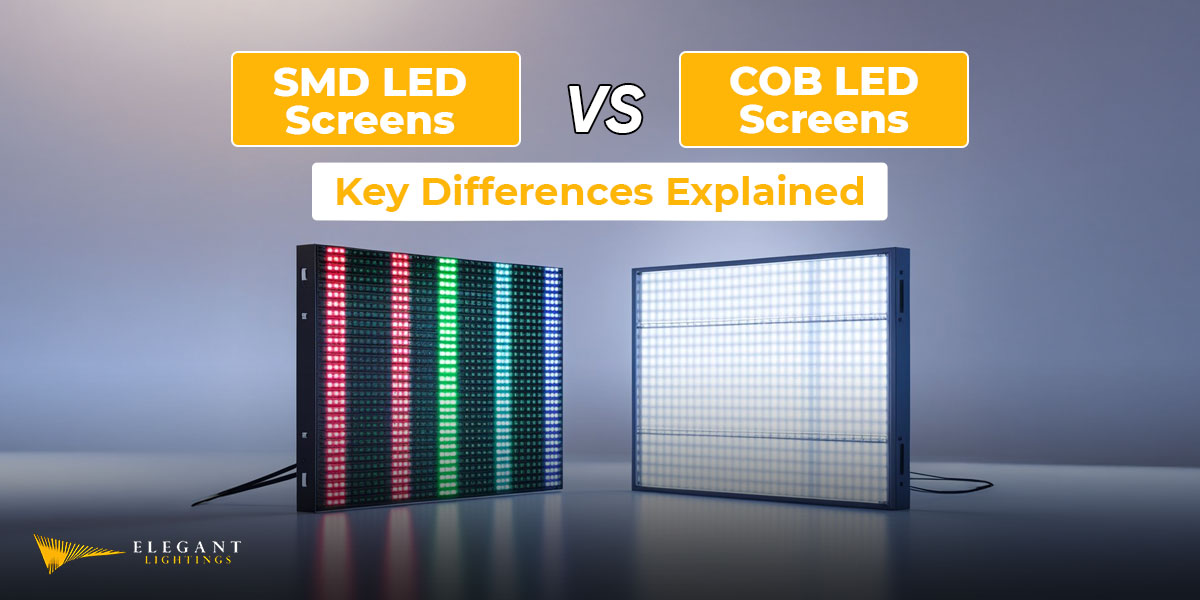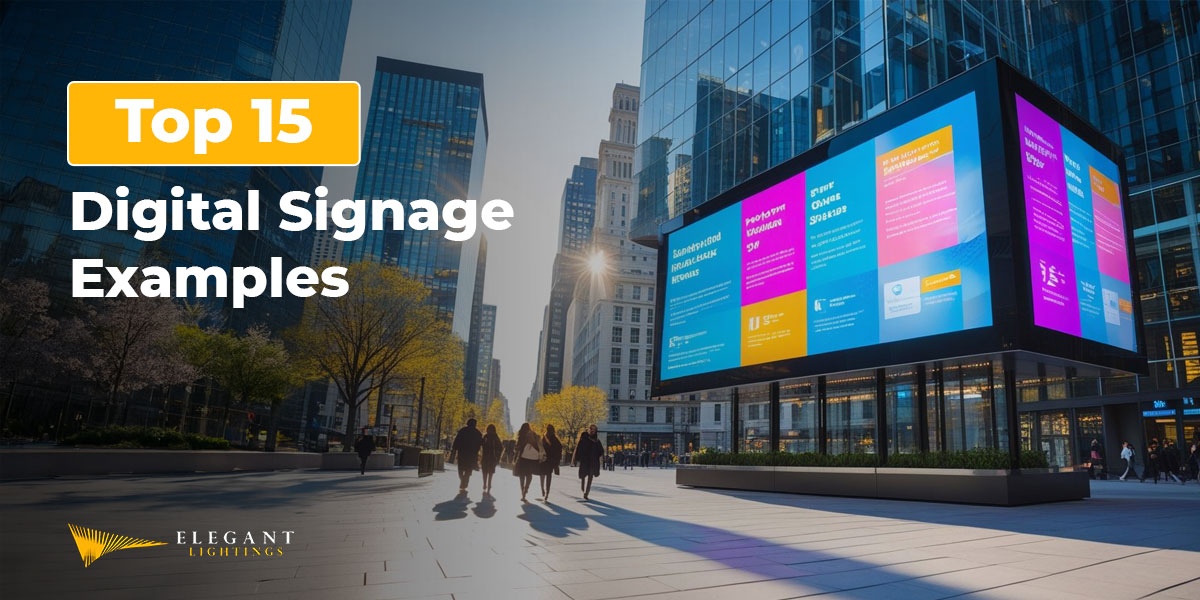If you’re in the process of purchasing LED screens or video walls for your store, stadium, or event, and you’ve been confused by terms like Nits and Lumens, you’re not alone!
What's on this page:
Both Nits and Lumens are different ways of measuring the brightness and amount of light that different screens (phones, LED walls, projectors) produce or project.
However, they’re also very confusing: which one should you prioritize, Nits or Lumens?
And is there any relationship between lumens vs nits?
In this post, we’re going to answer all the questions related to Nits and Lumens to help you understand the differences between them, and how it should impact your decision of which screen to get.
Let’s dive in!
LED Screen Brightness Lumens vs. Nits: Table of Contents
- What are Nits?
- What are Lumens?
- Key Differences Between Nits and Lumens: Table of Comparison
- Brightness of Different LED Screens in Nits
- Final Thoughts: What Does the Difference Between Nits and Lumens Mean for You?
- Nits vs. Lumens: FAQs
What are Nits?
A Nit is a measure of luminance – the amount of light generated by a source.
It comes from the Latin term Nitere, meaning “to shine.”
Nits are represented by the formula “1 nit = 1 cd/m²”.
Simply put, it refers to the brightness of light at source.
So, if your smartphone has a luminance of 1,000 nits, it means that’s the brightness you’ll see when you turn the display to its brightest setting.
In practical terms, it helps you understand the LED brightness – for example, an outdoor video will have more Nits compared to indoor LED screens.
What are Lumens?
A Lumen is a measure of “luminous flux” – the amount of light emitted by a screen.
It’s commonly used to understand the brightness of electronics that project light – bulbs, projectors, lighting systems, etc.
So, while a bulb’s brightness is measured in Lumens, an LED screen’s brightness is measured in Nits.
That’s because an LED screen emits light, whereas a bulb or a projector distributes light across a given surface or view.

Key Differences Between Nits and Lumens: Table of Comparison
Let’s clear up some key differences between Lumens vs Nits based on the definitions we’ve outlined above:
| Aspect | Nits | Lumens |
| Measures | Luminance (brightness perceived) | Luminous flux (total light output) |
| Who Do They Measure? | Emitters of Light | Distributors of Light |
| Standard Use | LEDs, LCDs, OLEDs | Projectors, bulbs |
| Viewing Dependency | Direct viewing | Projected/reflected light |
In mathematical terms, 1 nit = 3.426 lumens.
However, this relationship might not be very useful for making practical decisions because you might not care about the luminosity of an indoor LED wall – all you want is a bright emitter of light because you can control the environment in an office (say by dimming the lights).
Similarly, you might not care about the luminance of a light source if you’re looking for a projector – all you care about is its ability to distribute light onto a surface.
But to take a practical example, a 450-nit TV will approximately convert to 1,542 lumens.
Why Nits Are More Important Than Lumens for LED Screens
If what you’re looking for is an LED screen, Nits are the best way to measure their effectiveness. It’ll tell you how well they light up.
The nit-level of LED screens is important for three reasons:
1. Visibility and Readability
Brightness is critical in overcoming ambient light.
So, if you’re looking for outdoor LED video walls for arenas, billboards, or events, you might want to go for LEDs with 5,000-10,000+ nits brightness.
In case your LED’s brightness dips below this threshold, it might not display vibrant images as well as they need to be for a clear viewing experience.
2. Energy Efficiency and Operational Costs
On the other hand, higher power levels translate to higher nits, but also consume more energy.
Here, LED tech does outperform traditional lighting solutions – reducing power consumption by using microLEDs.
The critical consideration in such cases is long-term cost – since LED walls can last up to 10 years with minimal periodic maintenance, they can generate a high return on investment for your advertising, sports, or event enterprise.
Plus, we suggest going for LEDs with cutting-edge tech like flip-chips and coldLED – they’ll help you deliver more enhanced visuals while minimizing the cost!
3. Viewing Comfort and Experience
One thing we’ve noticed is that some of our clients complain about the problem of glare and eye strain from excessively bright screens.
One reason why this might happen is because of changes in ambient conditions – as soon as the sun sets, you might want to reduce the brightness (nits emitted) of your LED screen wall.
So, the best solution in such situations is to get LED screens with adjustable brightness levels for different lighting conditions.
This will also help you optimize color perception and contrast of your visuals.
How to Choose the Right LED Screen Based on Nits Brightness?
There are three things that we suggest you consider while deciding the brightness level of your LED screen:
1. Your Environment
First, measure the ambient light conditions in your arena or space. Account for the different times of day when you’ll be hosting most of your events.
For example, sports events might mostly be held while the sun is still up, which means you can go with a lower-Nit LED screen.
However, you should also consider viewing distances and angles such that you get LED screens with the widest angles to minimize the cost.
Otherwise, you might have to get more screens that’ll be visible to specific sections of your stadium.
Lastly, account for the natural light changes throughout the day – if you’ve built a multi-purpose arena, you might be hosting an evening concert today and an afternoon game tomorrow.
In such situations, it’s best to go with LEDs that offer adjustable brightness options.
2. Content Considerations
Second, you might also want to consider the type of content you want to display.
If you need LED screens for corporate spaces, malls, shops, restaurants, or other retail spaces, your focus might be on text and graphics rather than videos.
So, what you might want is contrast rather than brightness alone.
Similarly, if you’re getting an LED wall for a lecture hall, you might still want to go for a brighter screen.
Simply put, you should match your LED solutions not just to the ambient conditions of your space but also to the type of content it’ll host or show.
3. Brightness Control Options
We’ve already mentioned one reason why brightness control options are critical – they help you deliver glare-free experiences in all ambient conditions.
However, another very important consideration is energy efficiency.
For example, if you’re investing in a billboard that’ll run 24/7, you might want to get LED screen walls with ambient light sensors that’ll automatically adjust the brightness level depending on the lighting conditions.
Lastly, ensure that your LED screen offers manual brightness control – it’s like a built-in fail-safe that’ll put you in complete control of your display infrastructure!
Final Thoughts: What Does the Difference Between Nits and Lumens Mean for You?

Lumens vs Nits is basically an argument between light projectors and light emitters.
For you, the Lumens vs Nits debate only matters to the extent that it tells you what’s being talked about.
When someone says that their equipment has XX Lumens of brightness, they’re referring to a projector or a bulb or other light-distributing tech.
When they say their solutions offer brightness of XXX Nits, they’re talking about emitters like LED video walls, screens, and other similar solutions.
Simply put, a TV’s brightness is measured in Lumens, but the brightness of the LEDs that power the TV is measured in Nits.
Lumens or Nits? At Elegant Lightings, We’ll Give You the Best of Both!
Still confused? We get it!
You’re not an LED lights expert, and nor should you need to be to decide which lighting solution works best for you.
That’s where we at Elegant Lightings come in – we offer custom LED engineering and consultancy solutions so you never have to get into debates between Nits and Lumens.
All you have to do is reach out to us, share your vision for your space, and we’ll help you bring it to light – through Nits or Lumens!
Nits vs. Lumens: FAQs
1. What is nit brightness for an LED screen?
Nit brightness measures how much light an LED screen emits directly from its surface. The higher the nits, the brighter and more visible the screen, especially in well-lit spaces.
2. Should I prioritize nits or lumens for an indoor LED wall?
Always prioritize nits for an indoor LED wall. Nits measure the screen’s direct brightness, which is crucial for visibility and image quality in your specific environment.
3. What is the main difference between nits and lumens?
The core difference between nits and lumens is what they measure. Lumens measure a light source’s total output (like a bulb), while nits measure a surface’s brightness (like an LED screen). So, while nits measure the brightness of a light source, lumens measure the ability of a light distributor (bulb, projector). Simply put, lumens tell you how bright your TV screen is, nits tell you how bright the LEDs that power your TV are.
4. How bright should an outdoor LED screen wall be?
An outdoor LED screen wall needs high LED screen brightness, typically 5,000 to 10,000 nits, to overcome bright sunlight and ensure clear visibility for a smooth viewing experience.
5. Can I convert nits to lumens for my projector vs. LED screen comparison?
While a mathematical conversion exists (1 nit = ~3.4 lumens), it’s not practical for comparing a projector (lumens) to an LED screen wall (nits), as they function completely differently.







